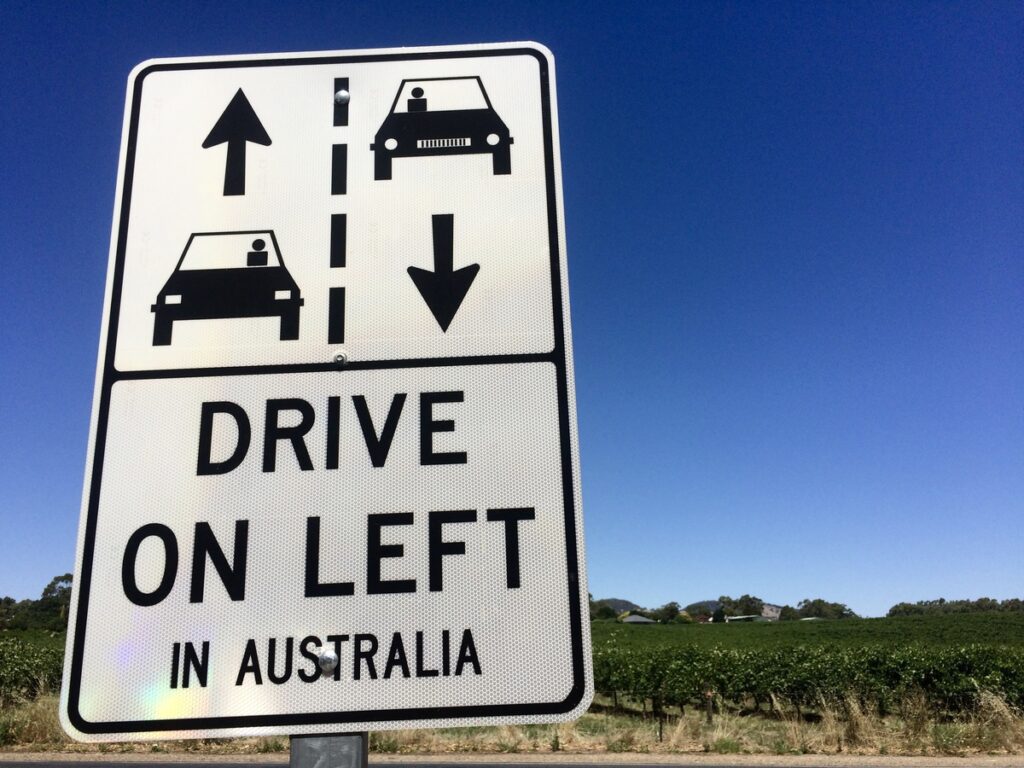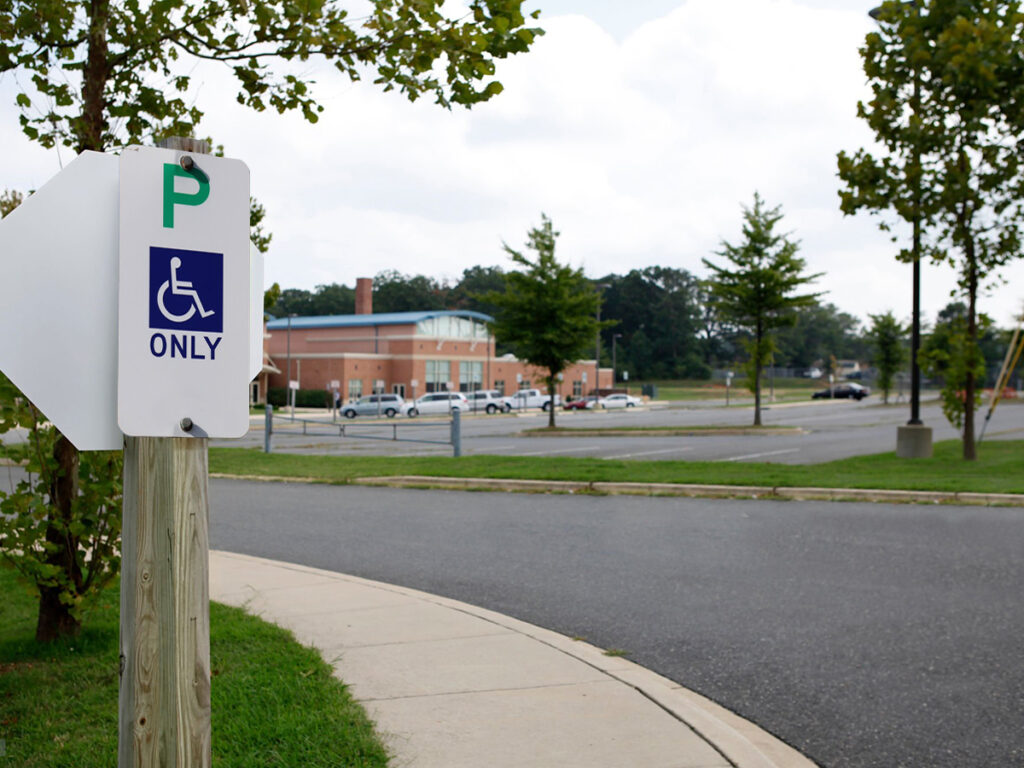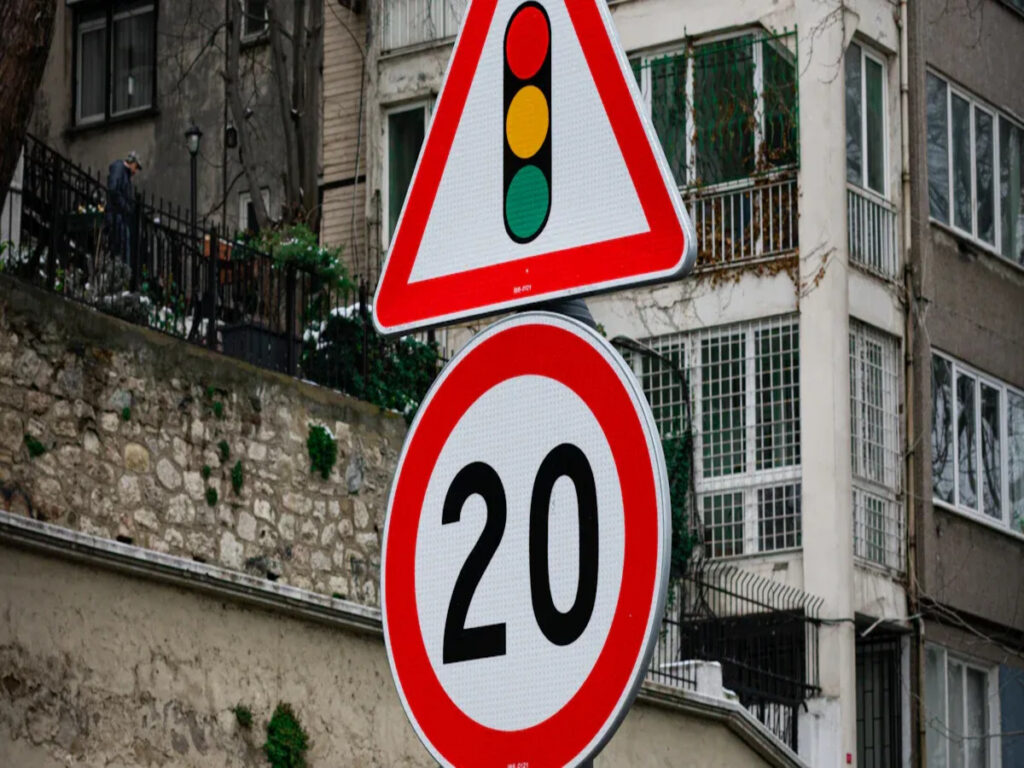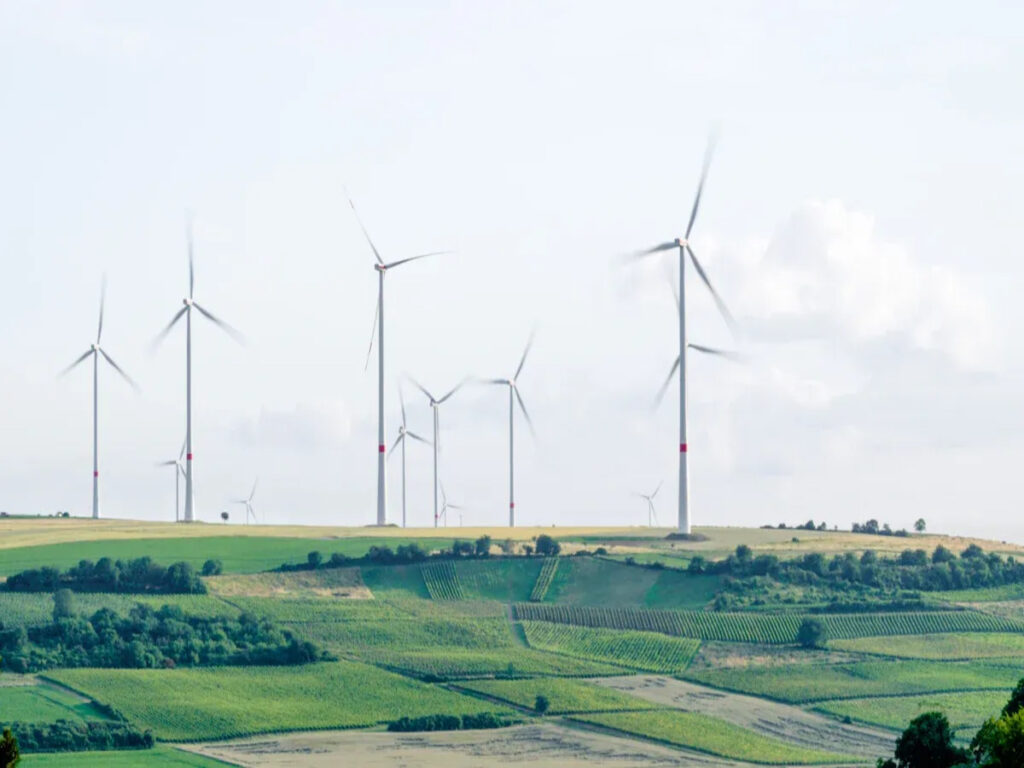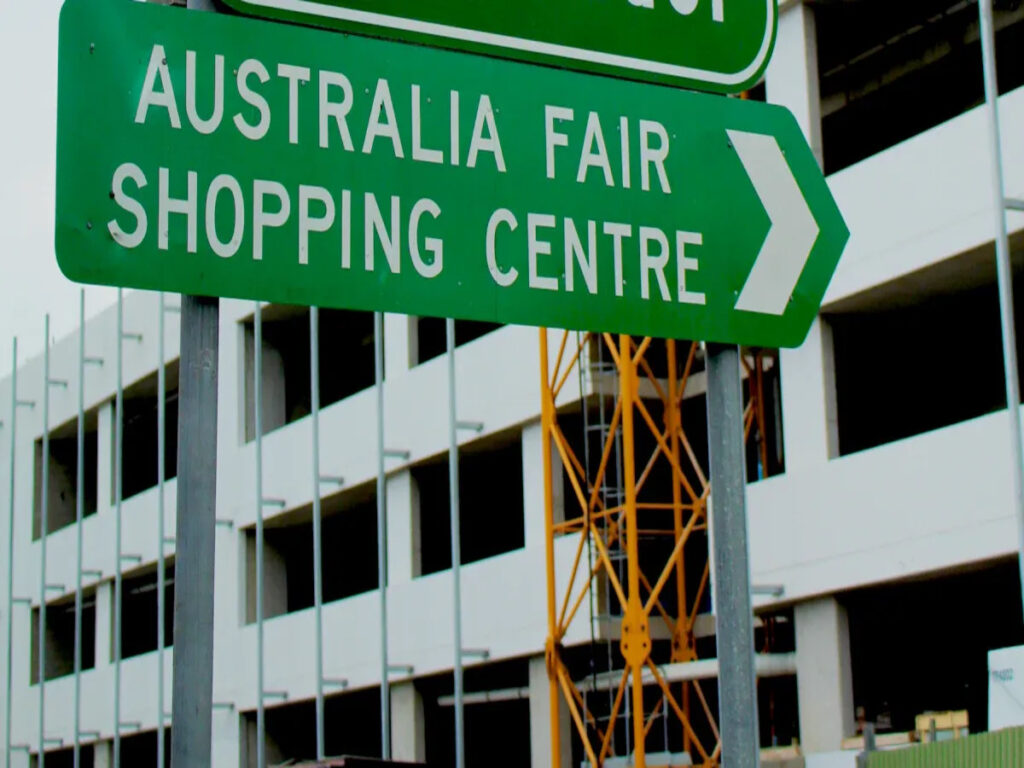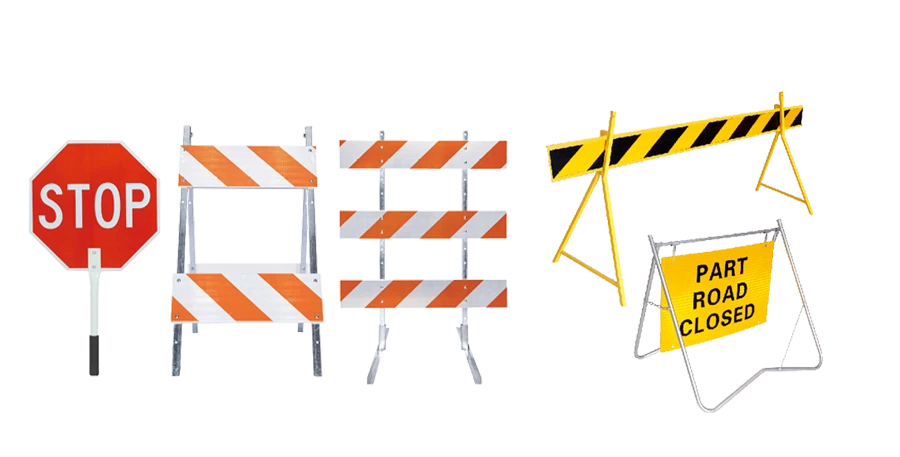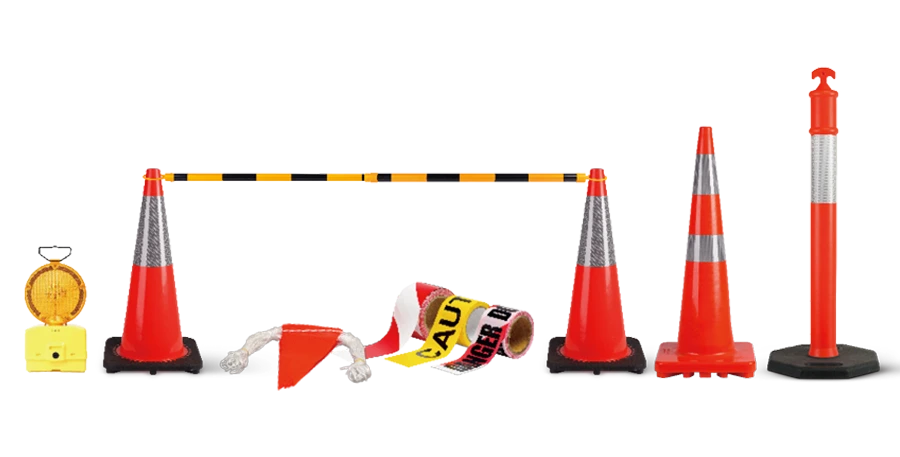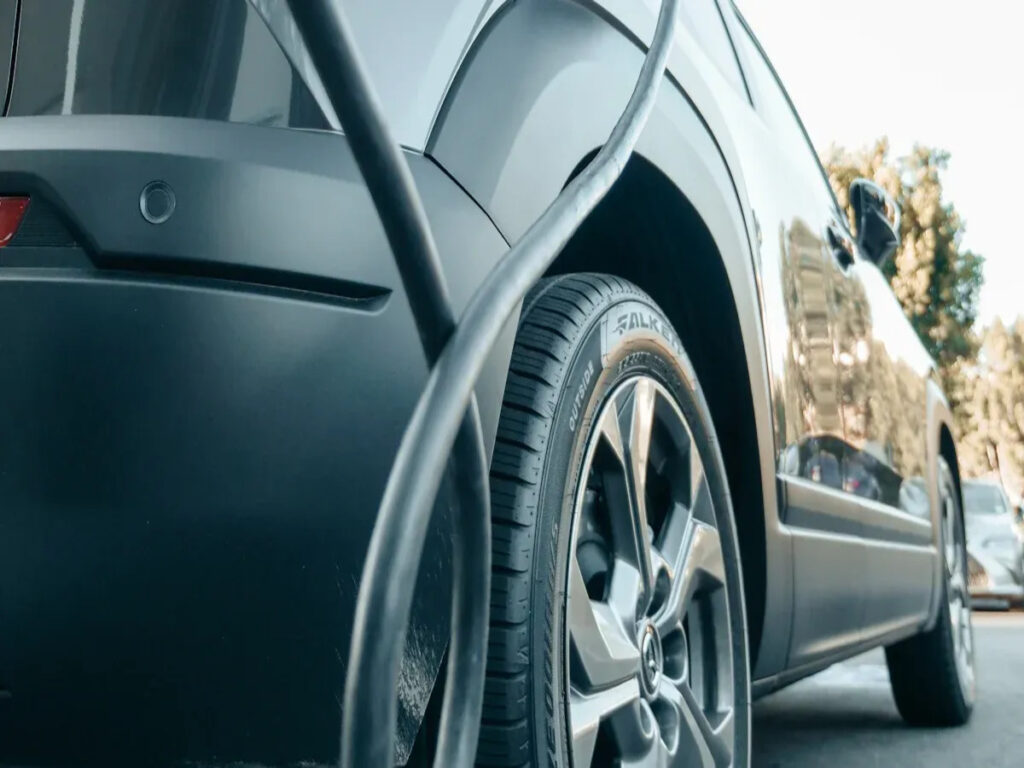
Electric cars are changing how we travel, but they are heavier. This extra weight puts pressure on roads and bridges. Parking garages and pavements also feel this strain. 에이 recent article by Highways Today highlights how electric vehicles (EVs), while environmentally friendly, are significantly heavier than traditional cars—raising concerns about long-term wear on roads, bridges, and parking structures.
How can we keep things safe with this extra load? Smart traffic cones are a great solution. These cones have sensors to check road conditions in real time. They also help guide traffic safely and smoothly. Using these cones helps roads handle heavier cars while staying safe. Roads need new ideas, and these cones help improve them.
주요 테이크 아웃
- Electric cars are heavier than regular cars because of big batteries. This extra weight can harm roads and bridges, so new ideas are needed.
- Smart traffic cones use special technology to check road conditions quickly. They help control traffic and keep everyone safe on the road.
- Engineers check how much weight roads can hold to make sure they can handle heavier cars. Tools like weight-checking devices help see if roads are strong enough.
- Smart cones help build electric car charging stations by controlling traffic and giving safety warnings. This makes building faster and safer.
- Using green materials in smart cones helps the environment. Many cones are made from recycled plastic and have solar-powered lights.
The Weight of Electric Vehicles
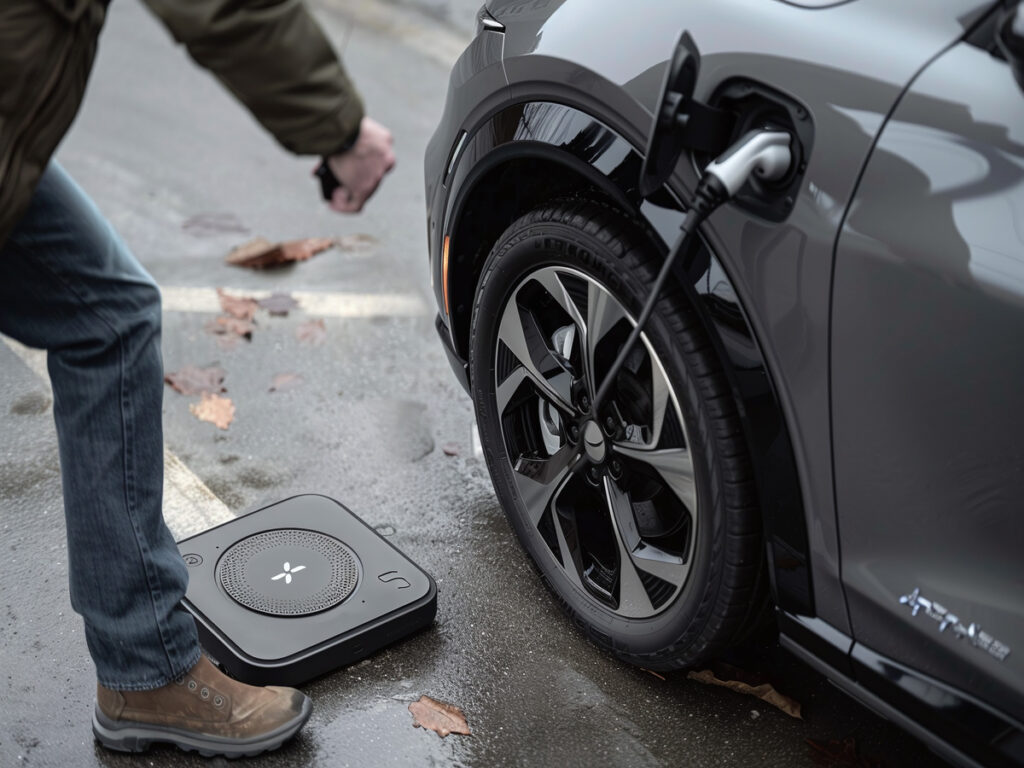
Why Electric Vehicles Are Heavier
Electric cars are heavier than regular cars. Their batteries, called lithium-ion batteries, are the main reason. These batteries weigh more than gas engines. Just the battery pack can add hundreds of pounds. This makes electric cars much heavier than gas-powered ones.
Car makers are trying to make them lighter. They use better power systems to save weight. Some companies use new designs like 48V systems to help. These ideas aim to make electric cars lighter but still work well.
Impact of EV Weight on Road Infrastructure
The extra weight of electric cars affects roads and bridges. Many roads were built for lighter gas cars. Heavy cars cause cracks and damage to roads faster. Old bridges may struggle with cars over three tons. Parking garages also feel the pressure and may weaken over time.
This means we need better planning for roads and bridges. Engineers must think about how heavy electric cars will be. They can use tools to guess future charging needs. This helps cities get ready for more electric cars.
Smart traffic cones help with these problems. They check road conditions as you drive or charge. These cones help roads adjust to heavier electric cars and keep everyone safe.
Understanding Road Load Capacity
What is Road Load Capacity and Why It Matters
Road load capacity means how much weight roads or bridges can hold. It’s important to keep roads safe and lasting longer. Engineers use tools to measure if roads can handle heavier cars, like electric ones. These tools help check if roads are strong enough for today’s vehicles.
Here are some key terms and tools used to check road strength:
| Term/Tool | 그것이 의미하는 바 |
|---|---|
| Calibration Coefficient | Compares tested weight to expected weight. A number over 1 shows damage. |
| Load Bearing Tools | Includes devices like the benkleman beam and falling weight deflectometer. |
| Falling Weight Deflectometer | Checks road strength without breaking it but can be risky to use. |
| New Tools | Advanced tools like traffic speed deflectometers work while cars are moving. |
These tools help engineers see if roads can handle heavy electric cars. If roads aren’t checked, they might break, causing accidents or expensive fixes.
Problems with Current Roads for Electric Cars
Most roads, bridges, and car parks were built when cars were lighter. They weren’t made for today’s heavier electric cars. Batteries make these cars heavier, which wears out roads faster.
Here are some real-life examples of these problems:
| Example | Problem Faced |
|---|---|
| FedEx Express | Had trouble with charging stations and battery sizes for electric trucks. |
| Frito-Lay | Needed better software to manage charging for their electric fleet. |
| Foothill Transit | Used software to save energy and lower charging costs. |
| City of Charlotte | Struggled to build enough public charging stations for their needs. |
| Bolthouse Farms | Worked with PG&E to figure out how much power they needed for electric trucks. |
These examples show how electric cars bring new challenges to roads and bridges. Without upgrades, roads might not stay safe or work well.
Smart traffic cones help solve these problems. They give live updates on road conditions. This helps engineers plan better and make sure roads are ready for heavier cars in the future.
Smart Traffic Cones: A Technological Solution
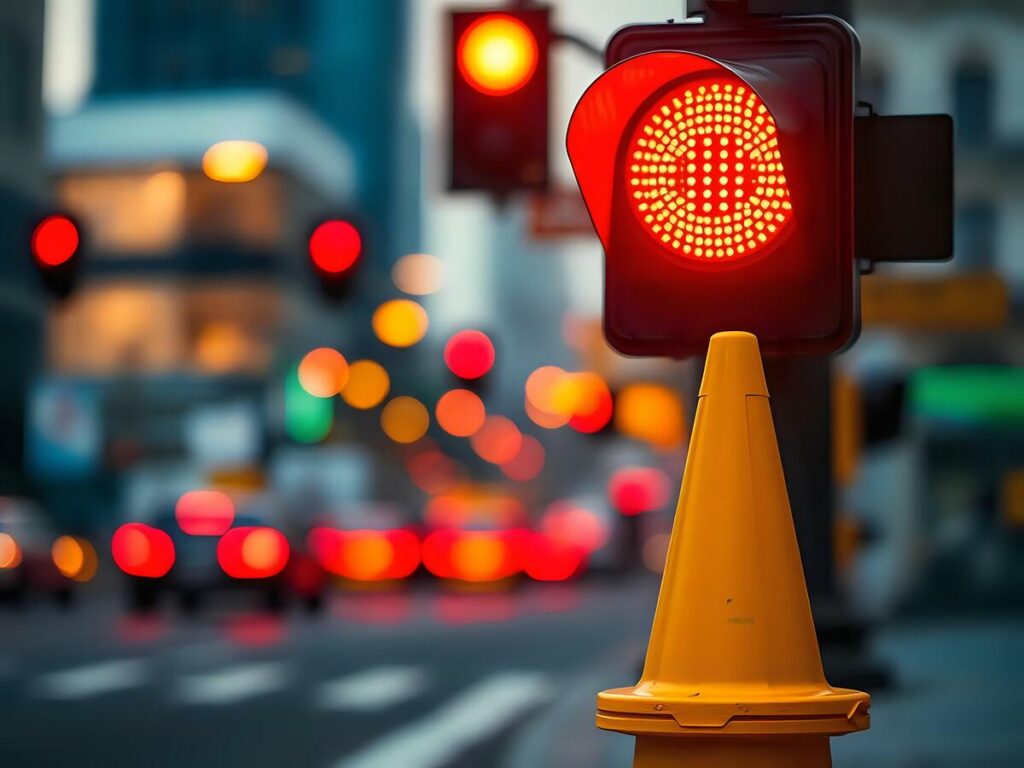
Features of Smart Traffic Cones
Smart traffic cones are not regular cones. 그들은 사용합니다 advanced technology to improve road safety and traffic flow. These cones work in real-time to help manage roads better. Below are their main features:
| 특징 | 설명 |
|---|---|
| Sensors | Check road conditions, traffic, and possible dangers. |
| Real-time Communication | Share data with traffic systems using IoT technology. |
| Interaction with Vehicles | Help self-driving cars navigate safely with LIDAR and radar. |
| 시계 | Use bright materials and LED lights for better night visibility. |
| Traffic Management | Give live updates on congestion and vehicle speeds to improve flow. |
These features make smart cones useful for handling heavier electric vehicles and the need for more charging stations. Adding them to roads helps keep traffic safe and smooth.
팁: Smart cones can quickly alert police or rescue teams during accidents, improving safety and response times.
Real-Time Monitoring and Traffic Management
Smart cones work instantly to check road conditions and traffic. They have sensors and IoT connectivity to spot problems like crashes or slowdowns. They send this data to traffic systems, helping fix issues faster.
예를 들어, these cones can flash lights or give warnings to drivers about dangers ahead. This lowers crash risks and keeps traffic moving. 싱가포르에서, thousands of smart cones are used to reduce delays and improve traffic flow. This shows how helpful they are in real life.
Using smart cones makes traffic systems safer and more efficient. They are especially useful in busy areas with lots of cars.
Applications in EV Charging Station Construction
Building charging stations for electric vehicles has challenges, like managing traffic and keeping workers safe. Smart cones help by working in real-time and sharing data.
Here’s how they help:
- Traffic Flow Management: Smart cones track vehicle speeds and congestion near construction sites.
- Safety Alerts: They warn drivers about dangers around charging station projects.
- Quick Deployment: They are easy to set up and use anywhere.
- Data Collection: Smart cones gather traffic data to help plan better charging station designs.
Some cones even use solar power, so they don’t need outside electricity. This makes them eco-friendly and reliable for growing charging needs.
Adding smart cones to charging station projects improves safety and traffic flow. They help meet modern road demands while keeping everything efficient.
Broader Implications of Smart Traffic Cones
Making Roads Safer Beyond EV Weight
Smart traffic cones do more than handle heavy electric cars. They help make roads safer for everyone. These cones watch traffic and share updates instantly. 예를 들어, they can spot accidents or slow traffic and warn drivers. This lowers crash risks and helps drivers stay safe.
Smart cones also improve how traffic moves. They find busy spots and adjust signals to stop sudden halts. This makes driving smoother and safer. The table below shows how these cones boost safety:
| 증거 유형 | 설명 |
|---|---|
| Real-time monitoring | Cones check traffic all the time to improve safety. |
| Hazard alerts | They warn about crashes or bad weather for safer driving. |
| Traffic flow optimization | By spotting slowdowns, they cut crash risks and smooth traffic. |
These features make smart cones important for managing traffic in busy areas.
Checking Road Capacity in Real Time
Smart cones also help check how much traffic roads can handle. They use sensors to study traffic patterns and behavior. This helps figure out if roads or intersections are too crowded.
예를 들어, experts use math models to measure traffic at busy crossings. These models help avoid traffic jams and cut pollution. Cameras on streets also record videos to build traffic databases. The table below explains these methods:
| Evidence Description | 목적 |
|---|---|
| Mathematical models for traffic capacity assessment | To avoid traffic jams and reduce pollution. |
| Video records processed into databases | To create accurate traffic models for better planning. |
This real-time checking ensures roads can handle modern traffic, including more electric cars.
Using Green Materials for Traffic Cones
Smart cones are made with eco-friendly materials to help the planet. Regular cones, made from PVC, harm the environment. Making PVC cones uses a lot of energy and creates waste. They are also hard to recycle and take a long time to break down.
Smart cones solve this by using recycled plastics and rubber. Some cones even have solar-powered lights, so they don’t need electricity. These changes make smart cones better for the environment and traffic needs.
By mixing smart technology with green materials, these cones help manage traffic and protect the planet.
Future Innovations in Road Technology
AI-Driven Traffic Systems
AI is changing how roads handle busy traffic. Intelligent traffic systems (ITS) use AI to study data and adjust signals. This helps reduce traffic jams and makes driving smoother. 예를 들어, AI sensors track cars and people to improve road designs.
In Ohio, Viscando’s OTUS3D uses 3D sensors to count road users. This helps make traffic safer and flow better. 그만큼 우리를. Department of Transportation has found over 40 ways AI improves signal timing. These tools cut pollution from idling cars and speed up traffic during rush hours.
AI systems also help with heavier electric cars. They make traffic flow better and keep roads safer, especially near charging stations.
| 애플리케이션 | 설명 | 영향 |
|---|---|---|
| Intelligent Traffic Systems | AI changes signal timing to ease traffic jams. | Less pollution and smoother traffic flow. |
| Viscando’s OTUS3D | Uses 3D sensors to track road users. | Safer roads and better designs. |
| USDOT AI for ITS Program | Uses AI to improve signal timing. | Faster traffic responses and fewer delays. |
Smart Materials for Load-Bearing Infrastructure
Roads and bridges need stronger materials for heavy electric cars. Smart materials are the answer. These materials adjust to stress and weather, making them last longer. 예를 들어, self-healing concrete fixes cracks by itself, saving money on repairs.
Some materials can even store energy. Roads with piezoelectric materials create power when cars drive over them. This energy can run streetlights or charging stations. These ideas make roads stronger and more eco-friendly.
Smart materials help roads handle heavy cars and support green goals. They keep roads strong and make cities more sustainable.
Modular and Adaptive Traffic Management Solutions
Modular traffic systems help roads handle heavy traffic better. These systems can change quickly to meet traffic needs. 예를 들어, Ohio’s I-670 Smart Lane changes speed limits and opens shoulders during busy times. Nevada’s Project Neon uses smart tools to improve safety and traffic flow.
These systems are great for areas with construction or charging station projects. They adjust traffic patterns fast, keeping things moving smoothly. They also cut down on traffic jams and make roads safer during roadwork.
| 사례 연구 | Location | 주요 기능 |
|---|---|---|
| I-670 Smart Lane | Ohio | Opens shoulders, changes speed limits, uses cameras and signs. |
| Project Neon | Nevada | Uses smart tools to improve safety and traffic efficiency. |
Modular systems help roads adapt to heavy electric cars. They make sure roads stay useful as traffic needs change.
Electric cars are heavier, which is tough on roads and bridges. This extra weight makes cracks and damage happen faster. Parking garages also feel the strain from heavier cars. Smart traffic cones can help solve these problems. They check road conditions and improve how traffic moves. These cones make roads safer and ready for modern cars.
Using smart cones and better road designs helps cities prepare for the future. These upgrades make roads stronger and safer for everyone. Investing in these ideas means better transportation for all.
FAQ
How are smart traffic cones better than regular ones?
Smart cones have sensors and IoT to check roads. They give live updates and manage traffic. Regular cones just block areas without extra features.
Do smart cones work in bad weather?
예, they work in all weather types. They are made with strong materials and have bright LED lights. Their sensors still work in rain or snow.
How do smart cones help build EV charging stations?
Smart cones make construction safer and smoother. They track car speeds, warn about dangers, and gather data for better station designs.
Are smart cones good for the environment?
예, many are made from recycled materials. Some use solar-powered lights, which lowers harm to the planet.
Where are smart cones being used now?
Cities like Singapore and some U.S. areas use smart cones. They help manage traffic, cut delays, and make roads safer.

